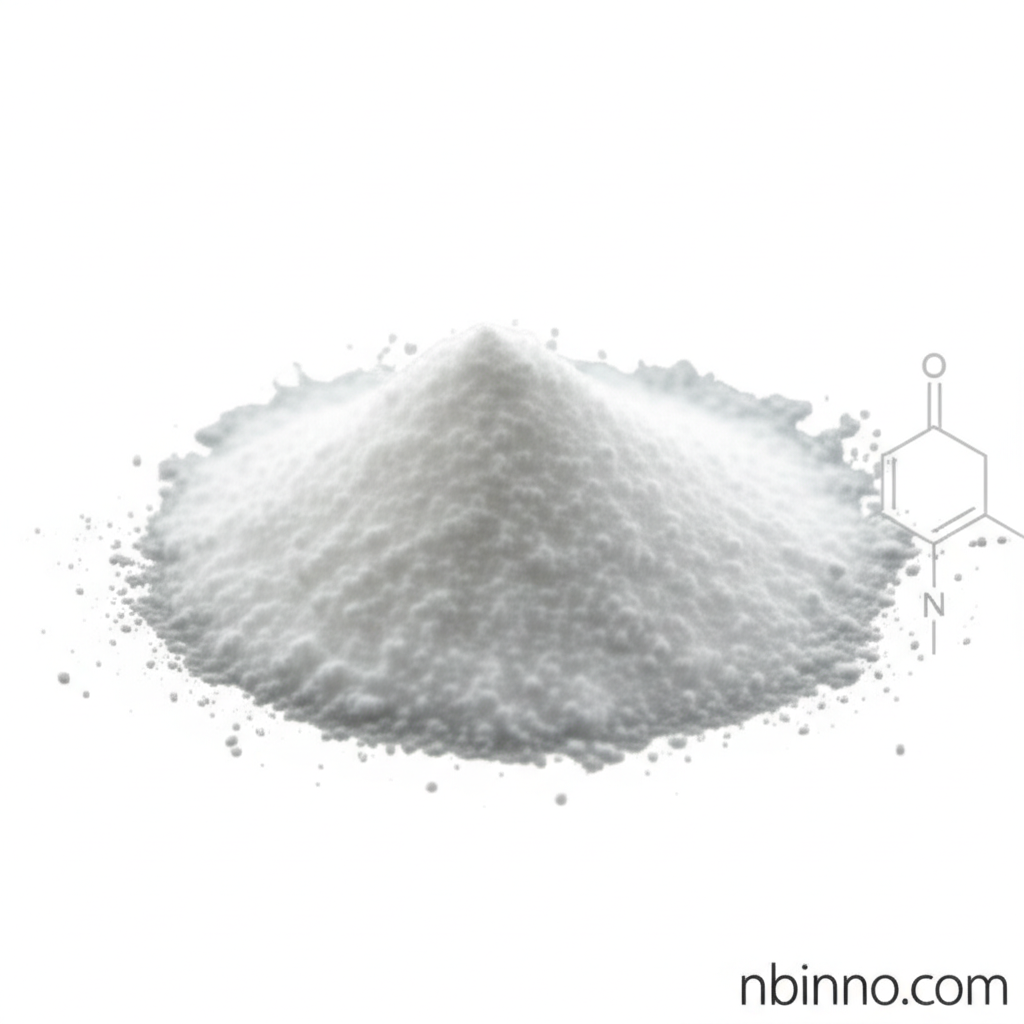H-Glu-OtBu: Properties, Applications, and Synthesis of a Key Amino Acid Derivative
Unlock advanced peptide synthesis with this crucial protected amino acid building block.
Get a Quote & SampleProduct Core Value

Glutamic Acid Gamma-tert-butyl Ester
This protected amino acid derivative, H-Glu-OtBu, is indispensable in modern peptide synthesis. Its tert-butyl ester group effectively shields the side-chain carboxyl, ensuring selective reactions and facilitating complex molecular construction. Its chemical properties make it a versatile intermediate for various advanced applications.
- Utilizing H-Glu-OtBu in peptide synthesis allows for precise control over the incorporation of glutamic acid residues, crucial for building functional peptides.
- The tert-butyl ester protecting group offers stability and ease of removal, a key aspect of efficient organic synthesis strategies.
- This compound serves as a vital building block for creating complex peptide architectures, including cyclic peptides and conjugates.
- Researchers leverage H-Glu-OtBu applications in biopharmaceutical development for novel therapeutic agents.
Advantages Offered
Enhanced Synthesis Control
The strategic use of the tert-butyl ester protecting group in H-Glu-OtBu ensures that only desired reactions occur, leading to higher purity and yield in peptide synthesis.
Versatility in Peptide Design
As a protected amino acid derivative, it supports diverse peptide synthesis methodologies, from solid-phase to liquid-phase, enabling the creation of intricate peptide structures.
Biocompatibility and Stability
Protected amino acids like H-Glu-OtBu contribute to the stability of intermediates during complex synthesis, proving valuable in organic synthesis for pharmaceutical intermediates.
Key Applications
Peptide Synthesis
A cornerstone in both SPPS and LPPS, H-Glu-OtBu enables the controlled introduction of glutamic acid, essential for producing therapeutic peptides and research compounds.
Organic Synthesis
Its utility extends to broader organic synthesis, serving as a protected building block for various complex molecules and intermediates.
Biopharmaceutical Development
The compound plays a role in the synthesis of novel peptide-based therapeutics, contributing to advancements in the pharmaceutical industry.
Bioconjugation Strategies
The selectively protected carboxyl group allows for precise attachment of other molecules, facilitating sophisticated peptide conjugation strategies.
